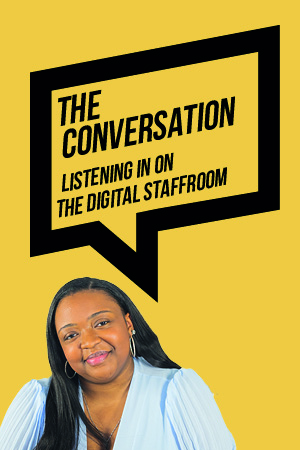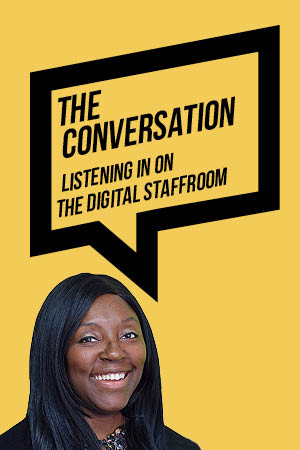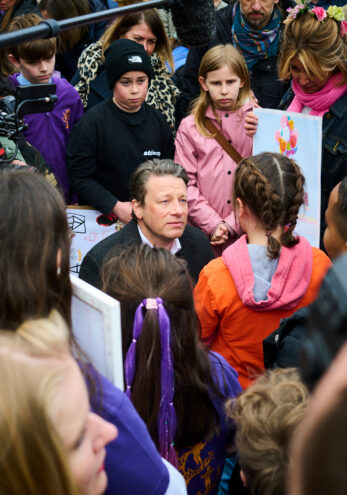Whatever your union allegiances, this interview on the ASCL podcast with the organisation’s senior director of strategy, policy and professional development, Julie McCulloch gives a useful snapshot of the interim report from the curriculum and assessment review.
The conversation is, of course, set in the context of the children’s wellbeing and schools bill which will see all schools required to follow the national curriculum.
I hope these two developments add up to all children being entitled to a broad and balanced offer. What I hope they don’t add up to is children who move from school to school receiving exactly the same diet.
I lead a small village school. It is very important to us that we reflect our heritage and immerse children in their local area. The national curriculum currently requires schools to do this, and I wouldn’t want to see that jettisoned in favour of content that isn’t relevant for our particular setting.
I hope for flexibility. And one way to provide that flexibility is to remove the effective straitjacket of too much content. The podcast sadly doesn’t cover that, but many primary practitioners feel this robs children of depth and flow.
So it can’t just be a matter of ‘one in, one out’ for the curriculum review, but of finding a better balance between the national curriculum and the school curriculum – a Venn diagram that was never meant to be a perfect circle!
I confess to not having the headspace to watch Adolescence yet; I am waiting until the Easter break. However, I was interested in Matt Pinkett and Tommy Michael discussing some of the themes arising from it on the latest episode of Tom Rogers’ podcast, ‘The Late Show.’
One of the over-riding messages is our role in supporting boys and challenging social media rhetoric. This pertinently coincides with a recent article in The Guardian by Matthew Quinn, the CEO of Exit Australia, who works to disengage violent extremists.
Like the podcast, he suggests it’s about seeking out their underlying vulnerabilities and providing support where the less scrupulous would exploit. All agree on the absolute ‘given’ that we shouldn’t define young people by the behaviours they display.
For my part, I can’t help but think that involving women and girls in the conversation would also have impact. If part of the problem is that boys are left isolated in a de-humanised virtual world, then more face-to-face with the reality of how words and actions make others feel could be a useful counter.
Something else I’m holding for Easter is reading The Friction Project by Huggy Rao and Robert Sutton. It wasn’t on my radar, but the latest episode of the PiXL leadership book club has propelled it to the top of my reading list.
Hearing other leaders discuss their takeaways is a really interesting format, and PiXL CEO Rachel Johnson‘s discussion with Mariam Rizvi and Deneen Kenchington is full of useful nuggets. In particular, I liked the idea of celebrating our successes with a ‘ta dah’ list.
Kenchington talks about being an optimistic leader and how ‘black hat’ thinkers are often given more airtime in meetings. But is the pessimist really the most intelligent person in the room? Just because they see the ‘stoppers’ doesn’t mean they’ve given an issue more thought.
The irony isn’t lost on me that you can lack belief in your optimism, but it was a relief to hear I’m not alone and that I can change that mindset. So take heart, optimists… and read the book!
This isn’t a blog or podcast, but the link was too strong not to share it with you. Where do we get our ideas about who’s more intelligent and worthy of attention anyway?
In this interview, Sébastien Goudeau reveals his research showing that pre-schoolers judge the intelligence of group members by who contributes the most – including by interrupting.
Perhaps the route to inclusion and belonging goes by way of giving the quiet optimists more opportunities to share. Here’s hoping!












Your thoughts